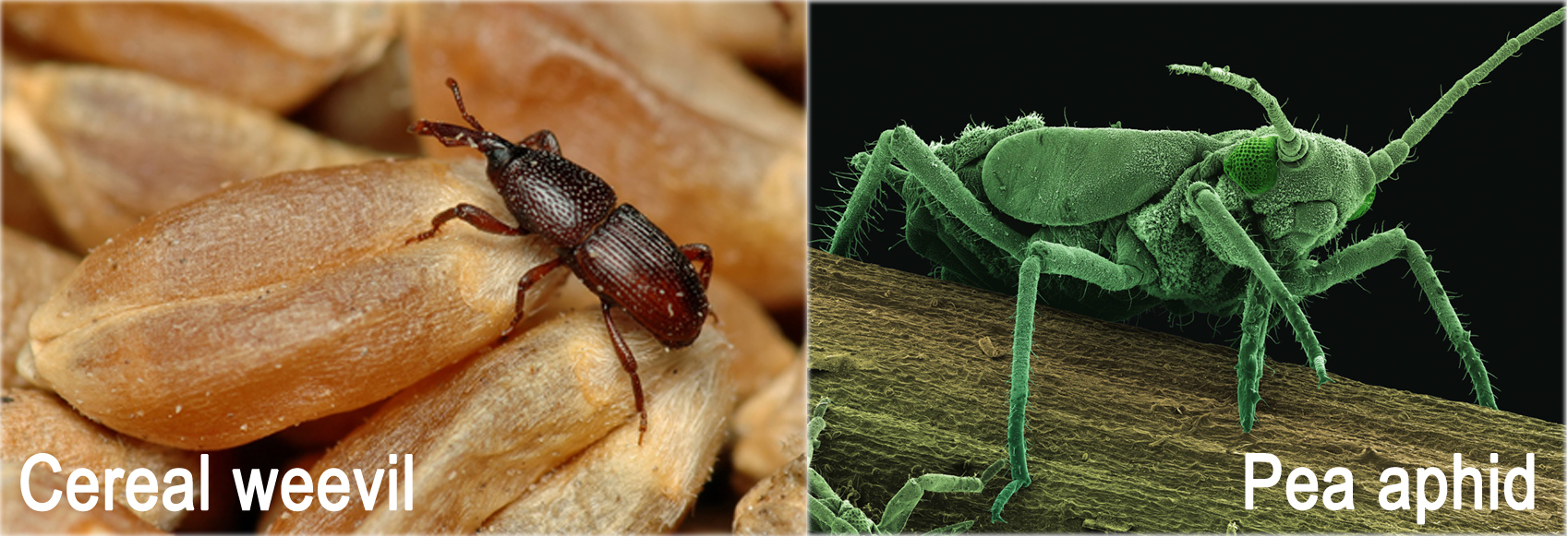
Laboratory
Research at BF2I is focused on the comprehension of the functions managing the interaction of specific insect pests (aphids and weevils) with their direct biological partners (host plants and symbiotic microorganisms). Research approaches are multi-disciplinary thanks to the different expertise of the staff members.
The central theme of our research is to understand the relationships established between insects and their symbionts elucidating the molecular mechanisms that allow the establishment, maintenance and persistence of these complex interactions in multiple insect generations.
The final goal of research on these complex biological interactions, often involving multiple partners in interaction with the environment, is to identify tools and define new concepts for an integrated approach for plant protection against insect pests. Our research results are to be central for the development of agricultural practices that are sustainable, and respect both the environment and human health.

© Pea aphid photography Stephan Borensztajn
Research Themes
Research Skills
Masters degree and PhD Schools Affiliations